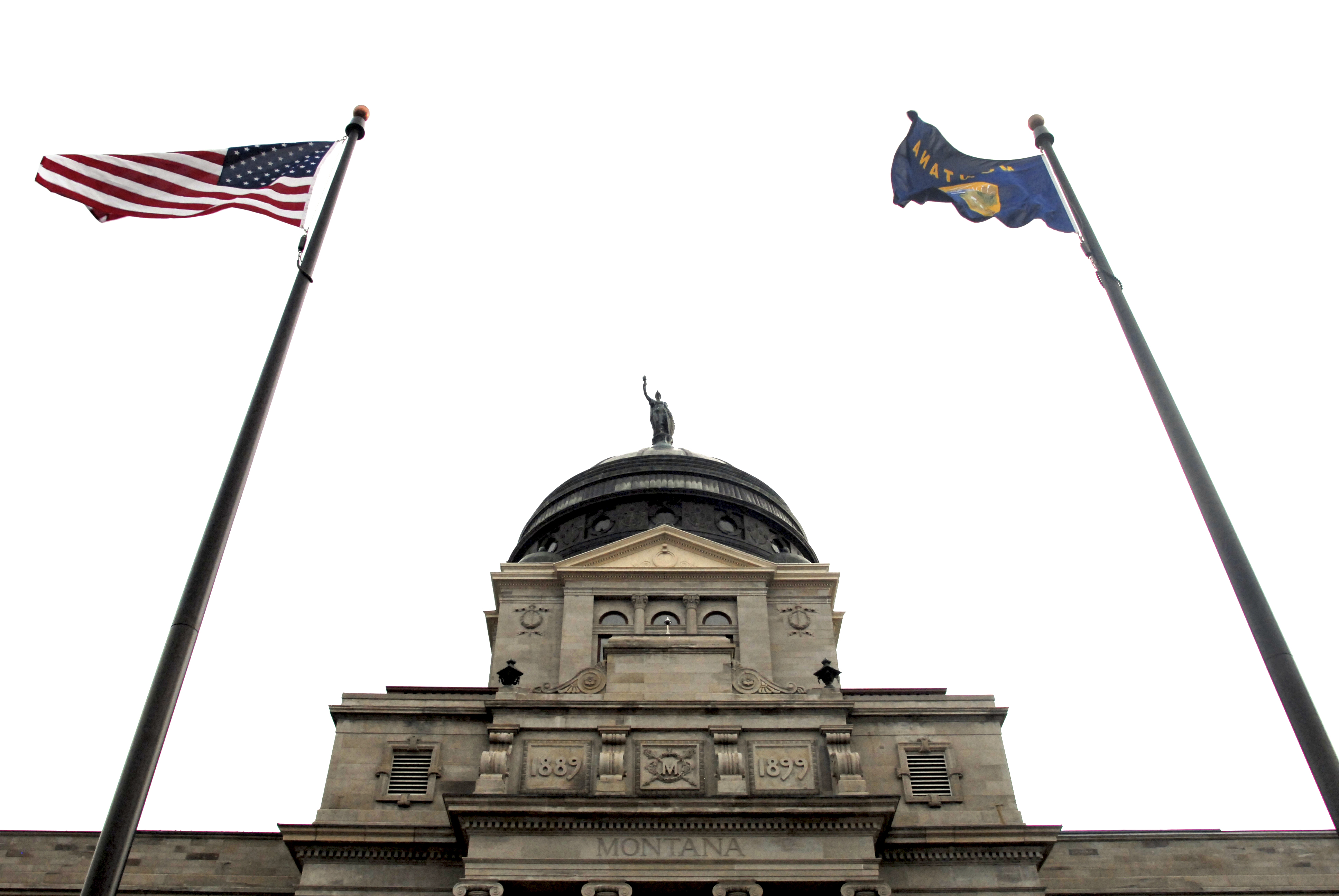Development of the Bakken shale formation continues to be the driving force of the oil industry in Montana, accounting for high-paying jobs and a drop in unemployment.
This increase in oil production also means more money for the state, given the taxes levied on the energy sector. It also means there is greater importance on the price of crude oil for the state’s projected revenues.
Last November, Montana Gov. Steve Bullock released his biennial budget proposal for 2016-2017, which includes the governor’s priorities, budget, and revenue projections.
The 2015 Legislature, which is underway in Helena, will eventually determine the state’s budget, with the governor’s proposal as part of the process.
Forecasting the state’s budget and revenues for the next two years can be a tricky process, especially when the finances are dependent on dynamic markets, like that of crude oil.
Crude oil is currently priced under $50 per barrel, a situation the state hasn’t seen often in the last 15 years. These prices are an important piece of Montana’s revenue puzzle, because the state collects royalties and taxes levied on oil and gas production throughout the state.
Dan Villa, the budget director for governor’s Office of Budget and Program Planning (OBPP), said that while the natural resource taxes are a boon when they are booming, the budget is crafted in such a way that allows for the state to continue without much of a hit to the forecast if the oil prices tank.
“We believe it is a very volatile revenue stream,” Villa said. “We’ve got the luck and the foresight to not be overly reliant (on natural resource taxes).”
Villa said 50 percent of the state’s revenue comes from very predictable sources: income and property taxes.
The grouping of natural resource taxes is the second-largest revenue generator for the state, behind “major taxes,” which include income tax, property tax, vehicle taxes and fees, gambling taxes, insurance premium taxes and corporate license taxes.
In fiscal year 2014, the state brought in $167 million in natural resource taxes. Oil and gas production taxes accounted for $109 million of that total, and U.S. mineral royalties another $27 million.
The “major tax” group along with all the natural resource taxes made up 89.2 percent of the state’s general fund revenue in fiscal year 2014.
OBPP estimates that the state’s revenue from natural resource taxes will increase to $180 million in the fiscal year 2017 forecast.
As a whole, the state expects the taxes from natural resources to generate $347.7 million in general fund revenue over the 2016-2017 biennium.
The governor’s 2017 budget takes into account the volatility of the oil market. When it was proposed in November, there were already caveats about the drop in oil prices happening across the world.
“If the dip in oil prices persists, it is unclear what the impact would be on the U.S. economy and Montana,” the budget overview states. “Cheaper energy inputs would be welcome in some parts of the economy, but could put the brakes on the current revival of the U.S. oil industry.”
Now that the Bakken shale has opened up to its current production levels, oil prices are increasingly important for revenue projects. But if oil prices continue to drop, the ripple effect could affect more than just the budget: the more expensive drilling operations may have to shut down, though deeper price cuts for crude oil would need to happen before there is a mass shutdown of wells, according to the OBPP projections.
But with total state revenues projected to increase by 5.5 percent in fiscal year 2016 and another 6 percent in 2017, how big of a role oil prices will play in the state’s revenue projections will only become clearer as the markets themselves do.
“The volatility of oil prices makes even a month-ahead forecast uncertain, because unexpected events such a political unrest, natural disasters, and economic shocks can cause rapid, large swings in prices,” the OBPP stated.
